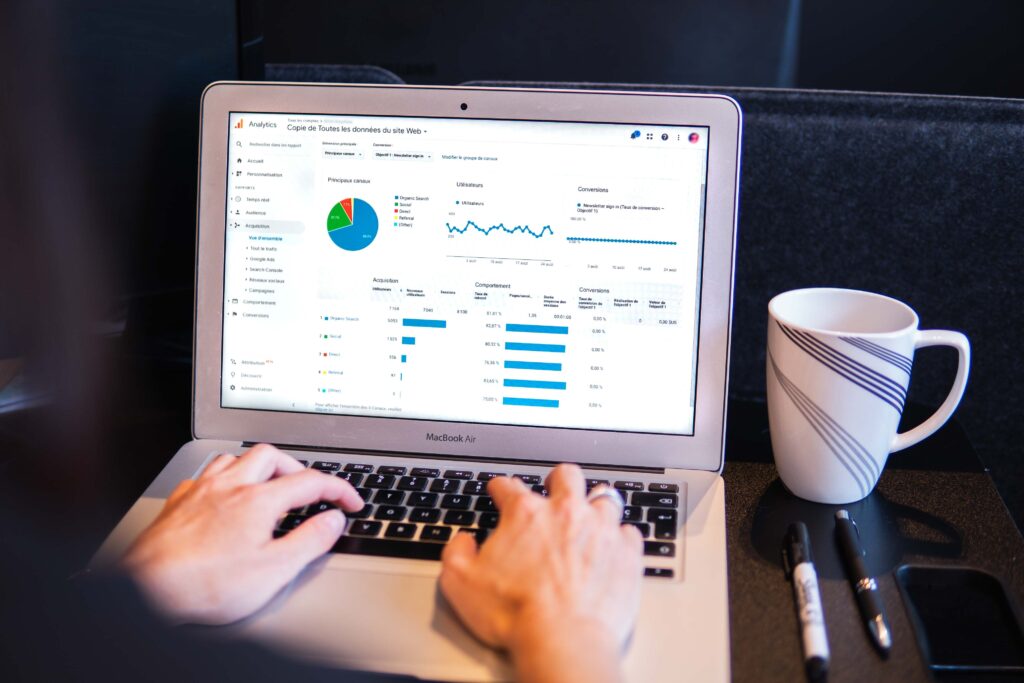Google Analytics is a powerful tool for understanding website traffic and user behavior. However, navigating the terminology associated with the platform can be challenging, especially for those new to the world of digital analytics. At The Mina Company, we understand the importance of decoding common terms used in Google Analytics to help businesses make informed decisions and optimize their online presence. Below, we’ve compiled a comprehensive glossary of essential Google Analytics terms to provide you with a clear understanding of this valuable tool.
Essential Google Analytics Terms
A-E
- Active Users: The active users report shows a graph of all the people who browsed your website in the past 30 days.
- Acquisition: Refers to how users land on your website, whether through search queries, referral URLs, social media, and more.
- Advertising Features: Features within Google Analytics that provide insights into the performance of advertising campaigns.
- Analytics Intelligence: Google Analytics’ feature that uses machine learning to provide insights and recommendations.
- API: Application Programming Interface, which allows different software applications to communicate with each other.
- App + Web: A property type in Google Analytics that combines app and web data for unified reporting.
F-J
- Firebase: Google’s mobile development platform that integrates with Google Analytics to provide app-related insights.
- First Interaction (or First-Click): The first source/medium/channel visited before a conversion occurs.
- Goal: A completed activity on a website that fulfills the intended purpose, such as a product purchase or newsletter subscription.
- Hit: An interaction with a website tracked by Google Analytics, such as a pageview or an event.
- Keyword: The search terms people use to find your website through search engines.
K-O
- Landing Page: The first page a user visits on a website.
- Last Interaction (or Last-Click): The last source/medium/channel visited before a conversion occurs.
- Lookback Window: The time period during which a conversion can be attributed to a specific marketing interaction.
- Medium: Categories of sources, similar to channels, through which traffic is acquired.
- Metric: Quantitative data or data that can be measured using numbers.
P-T
- Pageview: The number of times a page was visited on a website.
- Predictive Analytics: Estimated future data based on previous trends and patterns.
- Referral: Unpaid traffic that comes from other websites to your website.
- Session: The number of times a website was accessed by users.
- Source: The online origin of a session, indicating where the traffic is coming from.
U-Z
- Unique Pageviews: The number of individual users who have viewed a specific page on a website.
- Tracking ID: A unique string of numbers used to identify a Universal Analytics account.
- User Explorer: A feature in Google Analytics that allows you to analyze the behavior of individual users on your website.

This glossary provides a foundational understanding of essential Google Analytics terms, empowering businesses to make informed decisions and optimize their online performance. For further insights and detailed definitions, we recommend exploring additional resources such as the Loves Data Google Analytics Glossary, WebFX’s Google Analytics Glossary, and the Empower Agency’s Google Analytics Glossary.
At The Mina Company, we are dedicated to helping businesses navigate the complexities of digital analytics and leverage tools like Google Analytics to drive growth and success.
